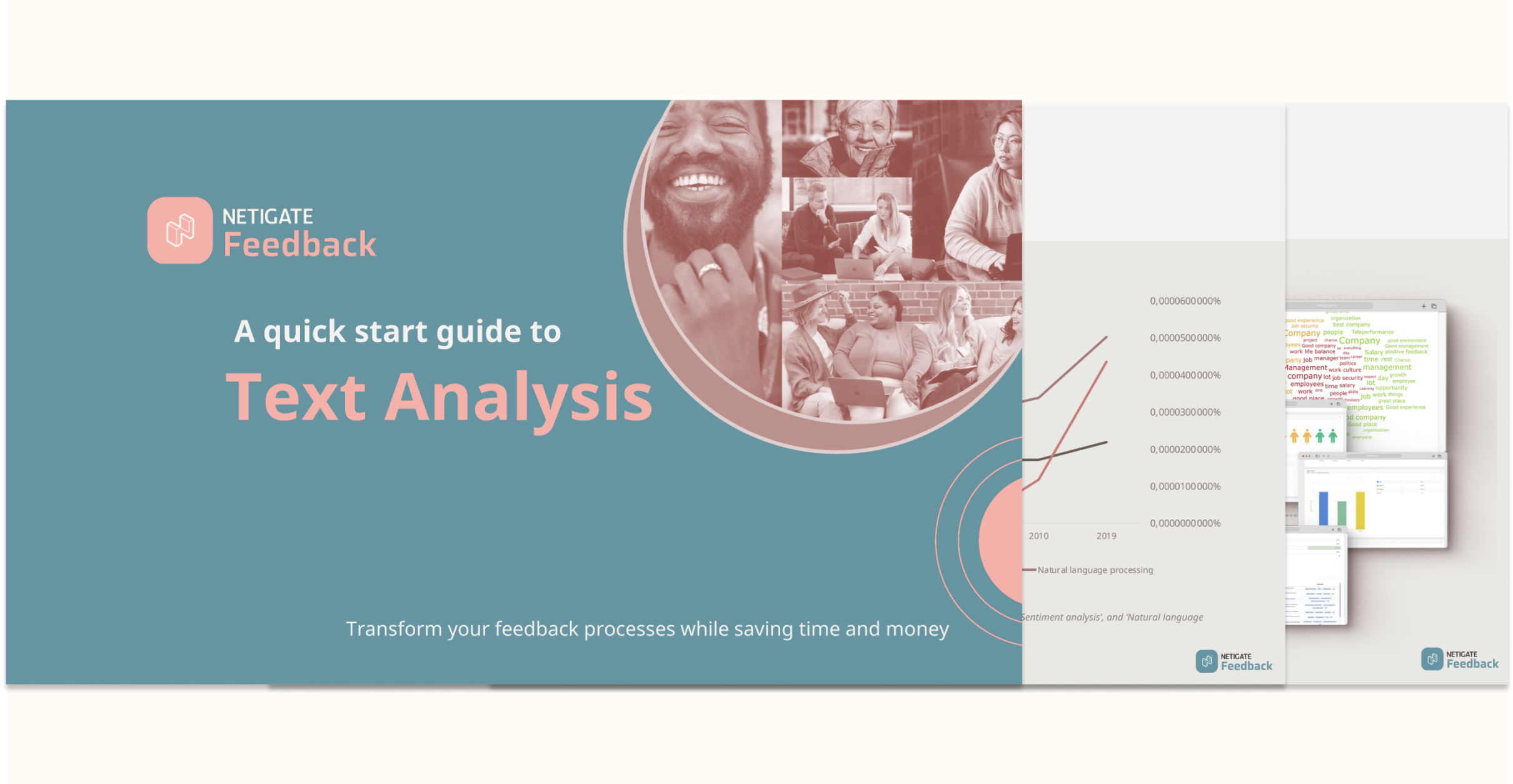The challenge is to motivate people, your customers, stakeholders or just a homepage visitor to answer surveys and give you feedback about something or someone.
Lessons learned?
You obviously can’t have a first impression experience more than once. That’s why it’s so important to work with carrots and things that motivate people. You always feel a responsibility to your employer. Which most often results in a good response rate when performing employee surveys. The challenge is to motivate your customers, stakeholders or just a homepage visitor to give you feedback about something or someone.
My advice is to be innovative in your way of thinking. Who is included in your target audience and what can be interesting for them!? Use triggers to catch their interest and primarily focus on what they can earn by answering the survey. Many times, carrots are necessary to use, especially when facing an audience that has no other reason to help you than the purple, triangular carrot you offer.
Need to get it right the first time?
As you can see from the above, there’s a lot to learn in motivating people to answer your surveys. If you need to get it right the first time, or don’t feel you have the internal experience or capacity to build it, read through our Consulting: How Can We Help You? page and then contact us to find out if we’d be a fit to help you.
Last thoughts
Thank you for joining us here in this article. We want to make it as easy to get in and learn and apply the ideas as we can, so if you have any requests or feedback, please contact us or leave a comment on this page.
If you want to be notified of updates to this or other guides, subscribe to our newsletter in the contact form below our article.




